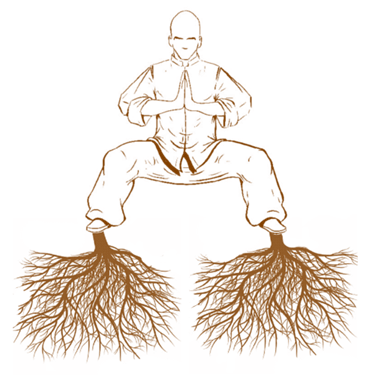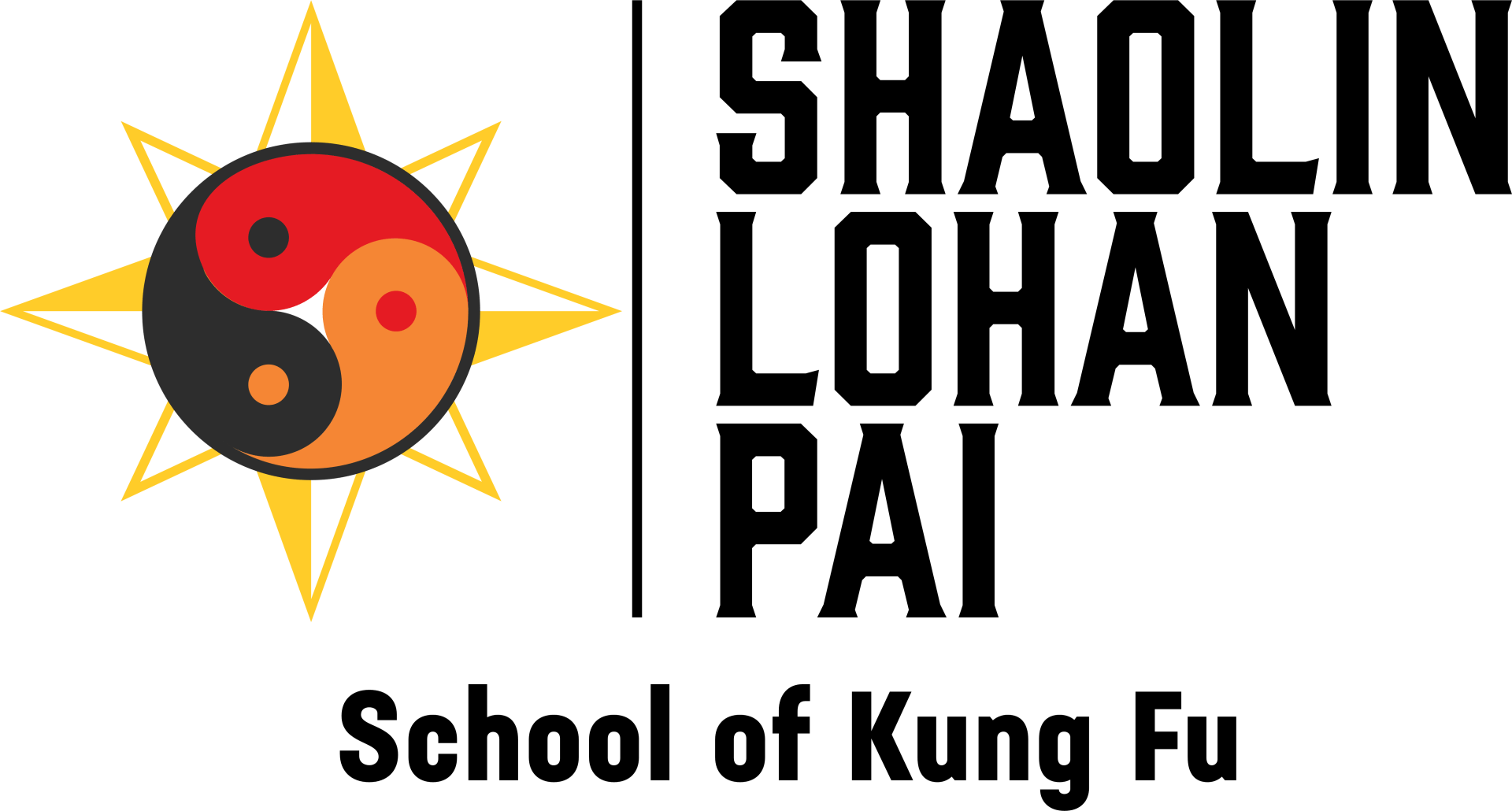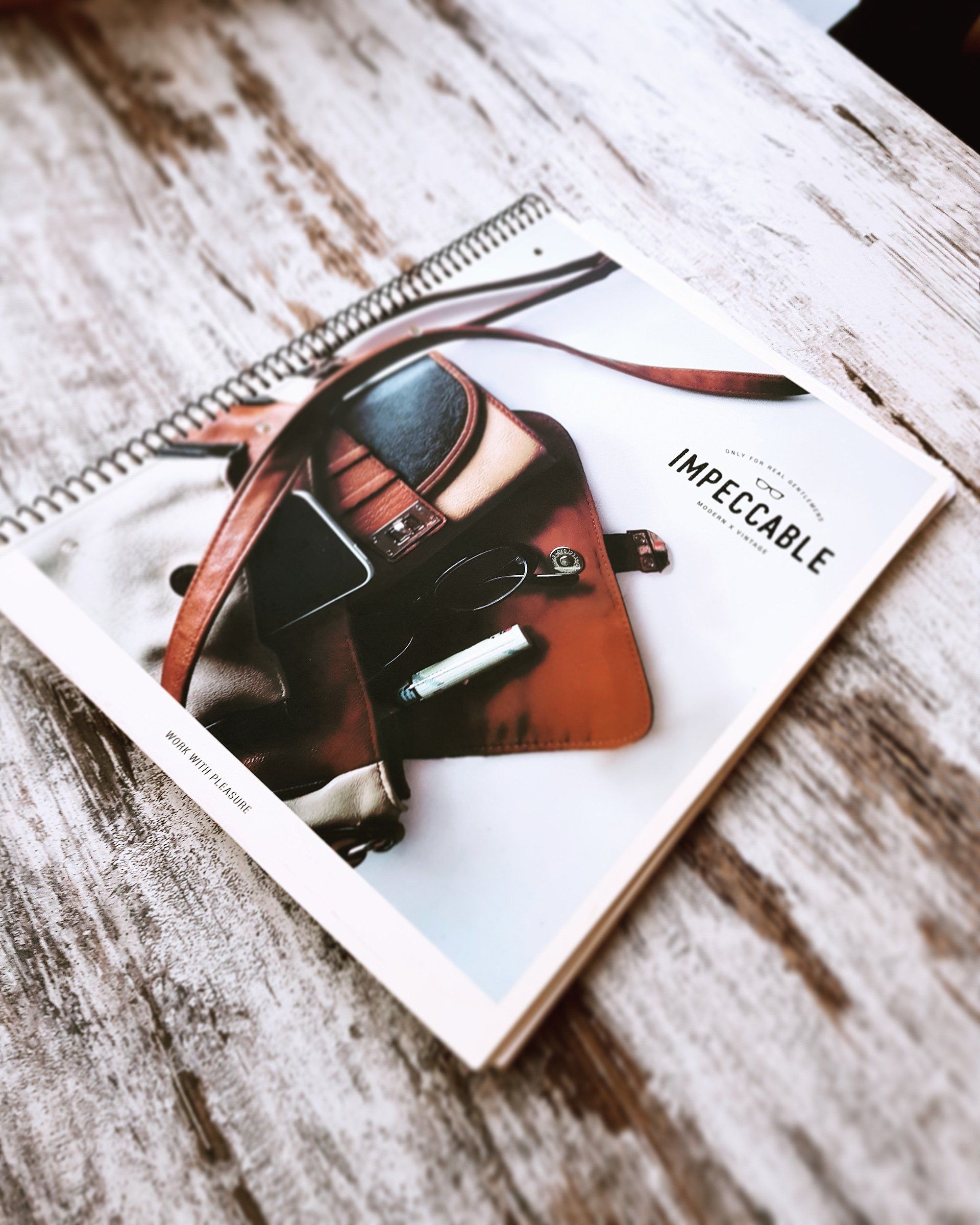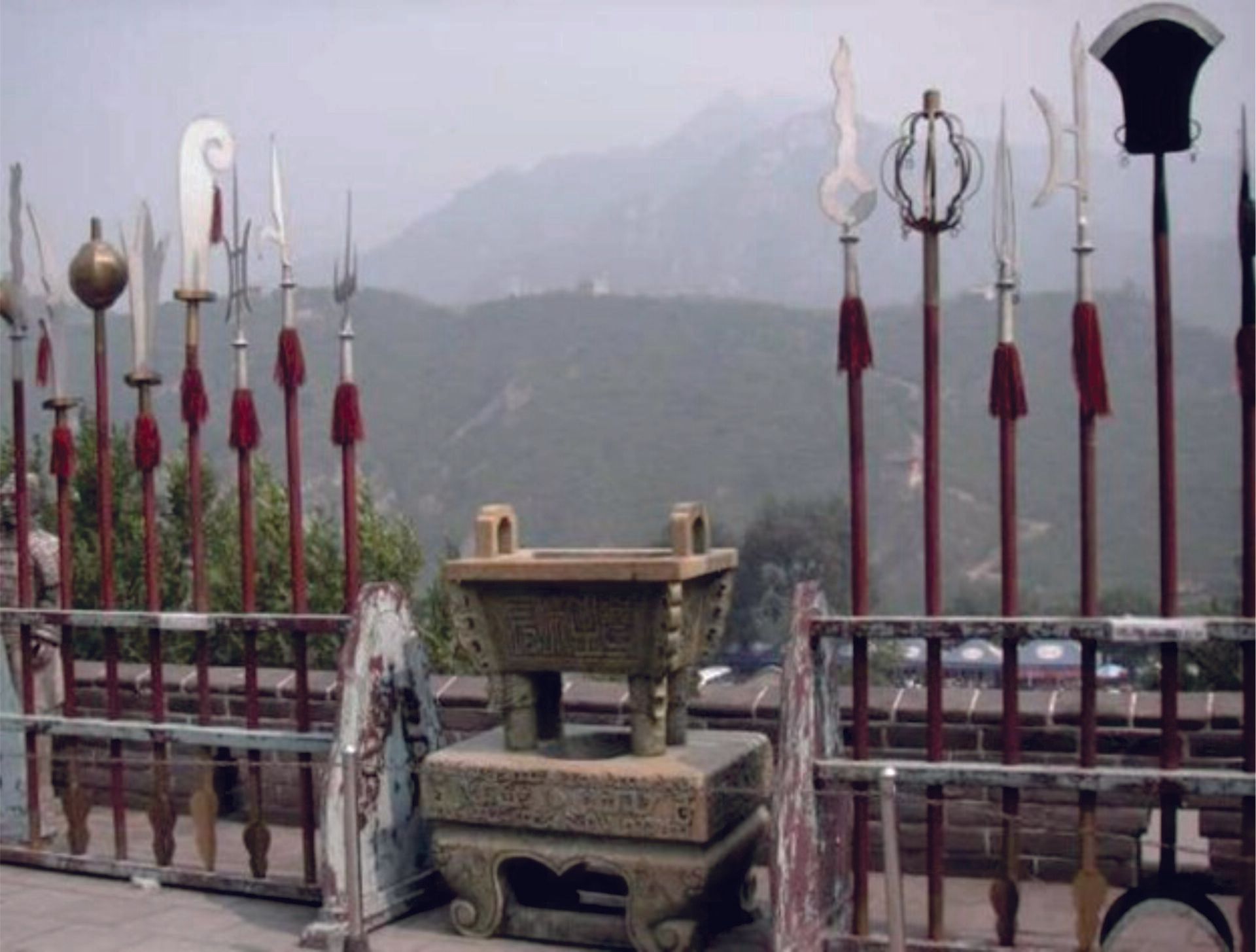Horse stance
This is another excerpt from an essay written by Dai-SiHing Kevin Sears. Again, I encourage everyone to go read his many writings, spanning a variety of subjects. He is in my opinion one of the best authors on both Chinese martial history, and Philosophy today.

The practice of standing in horse stance (mǎbù; 馬步) is a staple of traditional Shaolin-based martial arts training. Yet, I am continually surprised by how many practitioners of these arts have an incomplete view of this practice.
In Chinese martial arts, what we commonly call a “stance” could be more appropriately called either a “stand”, or a “step”, depending upon what you are doing. Practicing static stances is a very specific and narrow practice used in many Chinese martial arts. While certainly a certain amount of muscular strength and stamina is required for this practice, it is actually a quite inefficient and ineffective training method, from a purely physical perspective. Standing in a static stance for an extended period, with a specific degree of bend in the joints, really only improves your skill at standing still in that specific position.
Yet, martial arts are not a static activity; it is a dynamic moving and explosive practice. The term “step” in this context defines a moving practice or transition, training the ability to move quickly and powerfully into and out of a particular position. This kind of training method is much more useful and applicable directly in martial arts fighting techniques, and is much more effective at building functional strength in the muscles, tendons and ligaments.
So the question naturally arises, what is the function of prolonged periods of static standing horse stance in the classical training methods? Having a proper perspective on the purpose and function of all of one’s training methods is important for the classical martial artist. It is very easy to get carried away in our affinity for the histories and traditions and not think critically about our training methods. Everything in traditional martial arts has a purpose and a function, nothing is superfluous. Before addressing the mindset of static horse stance training, it is important to have a correct understanding of the physical form.
Proper form of horse stance practice
The width of one’s stance will very depending upon the length of the individual practitioner’s legs, and their proportion with the rest of their body. Generally speaking, the feet should be two or two and one-half times the width of one’s hips. The toes will point more forward than outward, squat and open the knees and hips while tilting the pelvis forward.
The feet should be flat, not rolling inward or outward because this affects the ability to root and hold on to the floor. Your weight should also not be too far forward or backwards on the feet, but rather coming straight down through the lower leg and ankle into the arch of the foot. This allows your weight and intent to drive straight into the ground like a stake.
Ideally, as much as possible the knee should be above the ankle, do not allow the knees to project forward past the toes. This puts tremendous unhealthy strain on the patellar tendon which runs over the kneecap. You want the bones of the lower leg (the tibia) to be as vertical as possible, like pillars supporting the rest of your body. If the base formed by the feet is too wide, the knees may project inward putting unhealthy stress on the soft tissues that support the inside of the knee joint. Over a period of time this stress may cause hypermobility or injury to the inside of the joint.
As you squat, it is very important to open the hips and tuck the pelvis under slightly. This prevents you from sticking your butt out behind you. When the pelvis projects too far behind you, this causes unhealthy strain in the low back. By tucking the pelvis you are also able to keep the spine and upper body in a neutral vertical position. Your knees bend between 70 and 90°, with the back of the legs parallel with floor. If possible, you want to carry the load of the stance more on the hamstring and gluteal muscle groups along the back of the leg and butt, rather than on the front of the leg primarily in the quadriceps group.
Keep your back straight and chamber the hands to prevent the upper torso from caving in forward. If this happens you inhibit your ability to breathe fully and completely. Your head should remain up, and in line with the spine, eyes looking forward. Breathe deeply taking full breaths in and out. It is imperative that you not hold your breath and that you keep relaxed, consistent breathing.
When trying to increase the duration or stability of your horse stance there are multiple methods you can use. A few options follow:
- In a horse or half horse stance hold a bowl or small weight in each palm and extend your arms out away from your shoulders, either to the side or forward. This quickly becomes difficult.
- A book, bowl, teacup or other object may be balanced on top of the head to ensure you maintain proper vertical alignment.
- Squat slightly deeper than the 90° knee bend and balance a staff, bowl, or teacup on the the knees.
- Practice balancing on bricks or blocks. This trains the ability to project the intent of your mind through the object and focus on driving the weight straight down to root into the floor.
The mental side of stance practice
The real purpose and value of horse stance training is cultivating or exercising the mental discipline over the physical body. Shaolin martial arts are well-known for their iron body skills. This is the ability of the practitioner to withstand crushing blows to the body or limbs, or to develop striking toughness in the hands or feet. However, the most important of the “iron” skills is what we could call the Shaolin iron will or mind.
The vast collection of martial arts styles that have sprung from Shaolin are so many and varied that it would not be possible to learn them in a single lifetime, much less become proficient and master more than a few. However, no matter what physical form a Shaolin style may take, they all have a common goal; formation and hardening of the iron will. The purpose of training, challenge and struggle is to forge a human being who is unshakable, mentally and physically. That is the ideal. The practice of horse stance serves this purpose.
In Horse stance the pain you feel is really extreme discomfort. If you are practicing properly, you are not causing injury. Your body will attempt to resist what your mind is trying to tell it to do. The more you move, the more your body will resist your efforts to remain still. Your body must obey the mind’s commands, it has no other option. However, you must discipline your mind to command your body to do this, not just suggest or insist.
Do not fight against yourself, do not struggle against the activity. Accept it for what it is. It is uncomfortable, so do not try to convince yourself it is not, or ignore it. Observe the reality of what you are doing and accept it without judging. When you struggle with yourself mentally, you increase the difficulty. For some, it can be useful to focus on the breath; the sensation of air. Feel it, coming in through your nostrils and the initial coolness inside your nasal cavity, feel the chest expand and the diaphragm contract downward. Then reverse the process on the out breath.
No matter what method of physical or mental training you choose, it is critical to make a commitment to not give up, no matter what. Create that discipline for yourself. I often see people attempt to hold a perfect horse stance form but give up after a short period of time. They continue this process of repeatedly getting up or falling over for the duration of the practice period. From my perspective, this just reinforces your habit of giving up and failing at your goal. You tell yourself that it is difficult or impossible, and sure enough, you repeatedly reinforce your own judgment of the situation. If you can squat in perfect horse stance position but only for a short period of time, it is of very little use.
It is my opinion you need to train a habit and outlook of success. You should always be pushing yourself, attempting to do lower or longer stands. With that as the starting point, when you reach a point where you feel you can no longer maintain that position, but you have not reached the end of the session, rather than falling over, or standing up completely, raise your stance, but strive to not give up completely. This should only be done at that point where you would normally stand up and give up completely. While it is true you have broken the proper position, you are also training your mind and body that when it is time for stance practice, you will not completely give up no matter what. This develops a pattern of discipline, and many people find helps calm the mind. The mind learns that whatever the set length of time is, you will not give up before then. This can contribute to accepting the situation for what it is and reduce the “fire” in the mind this practice often produces.
The point is to not let the pain control you. Don’t ignore the pain, just let it be there. Don’t judge it, struggle to change it or distract yourself. Just accept it and let the mind settle. Relax everything not essential for the position; as it becomes harder, the discomfort more intense, the more the rest of your body and your breath should relax.
As you let the pain be and rest, it will settle into the back of your conscious mind. You will lose the “obsession” with the pain. The obsession with the discomfort can be consuming. But it is only a sensory signal to the brain. It won’t go away, but it does not have to be all-consuming. There is no “trick” or secret technique that makes it easy. It is intended to be difficult! That is actually the point of the practice. There is only the discipline of consistent and constant practice and the stillness of body and mind.
Developing the iron will was the true power of the Shaolin fighter, not their physical techniques. The discipline and mental fortitude was their most powerful weapons. On a purely technical level there are many weaknesses in the Shaolin methods of martial skills. Yet their strength and renown was drawn from the fact that they pushed themselves in their own training well beyond what an outside opponent could impose upon them. This was not only true of horse stance practice, but of all their practice methods.
The mind of the true warrior is the most powerful tool. In gongfu one way we train this is through the disciplined commitment to squat and not get up no matter what. The ability to find mental and emotional stillness and clarity in the hurricane of pain (or physical combat). I believe this also has tremendous applicability in the fast pace of our modern society.
You can read the full article at:
https://splinteredstaff.wordpress.com/
a b c d e f g h i j k l m n o - Do not remove from template!!! it is important to support different fonts

ShaolinLohanInfo@gmail.com
2135 E. Independence #1012 Springfield, MO 65804




